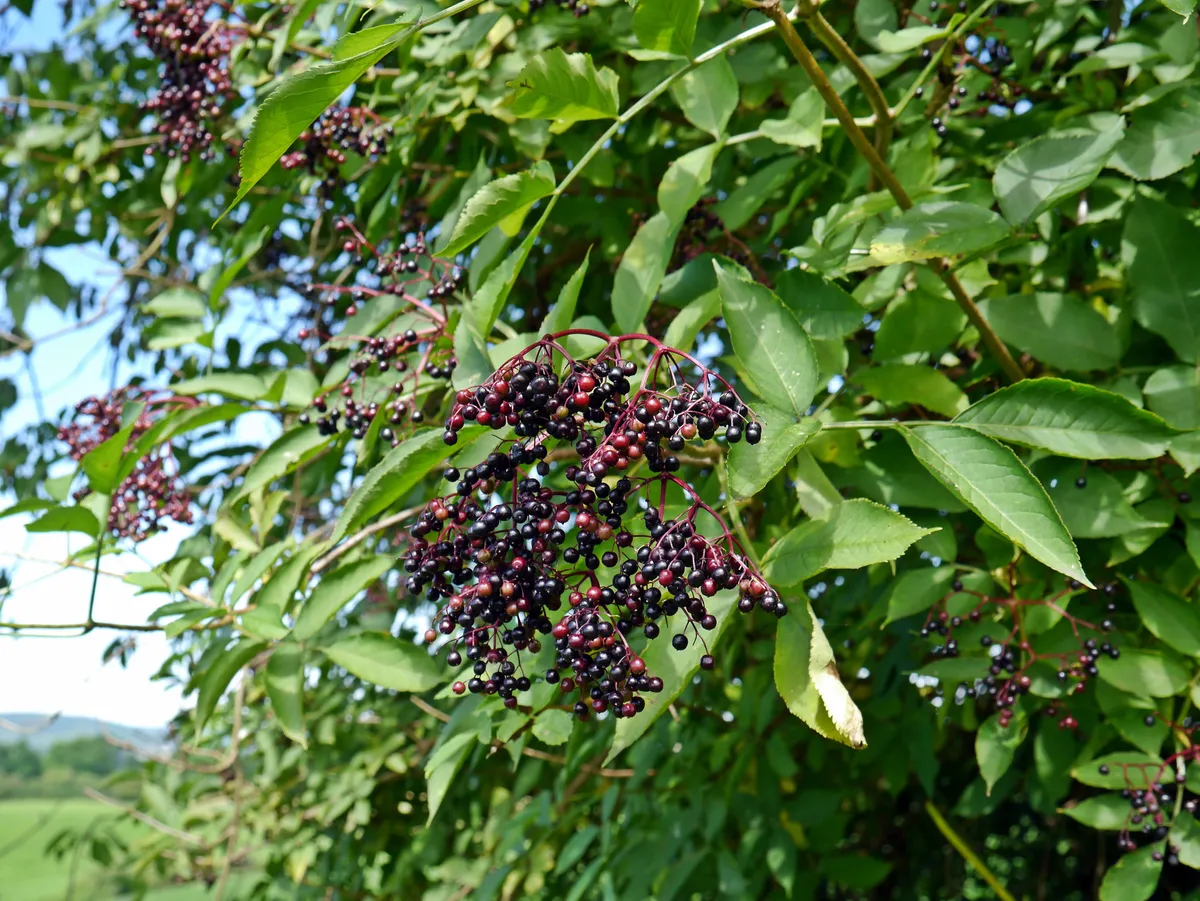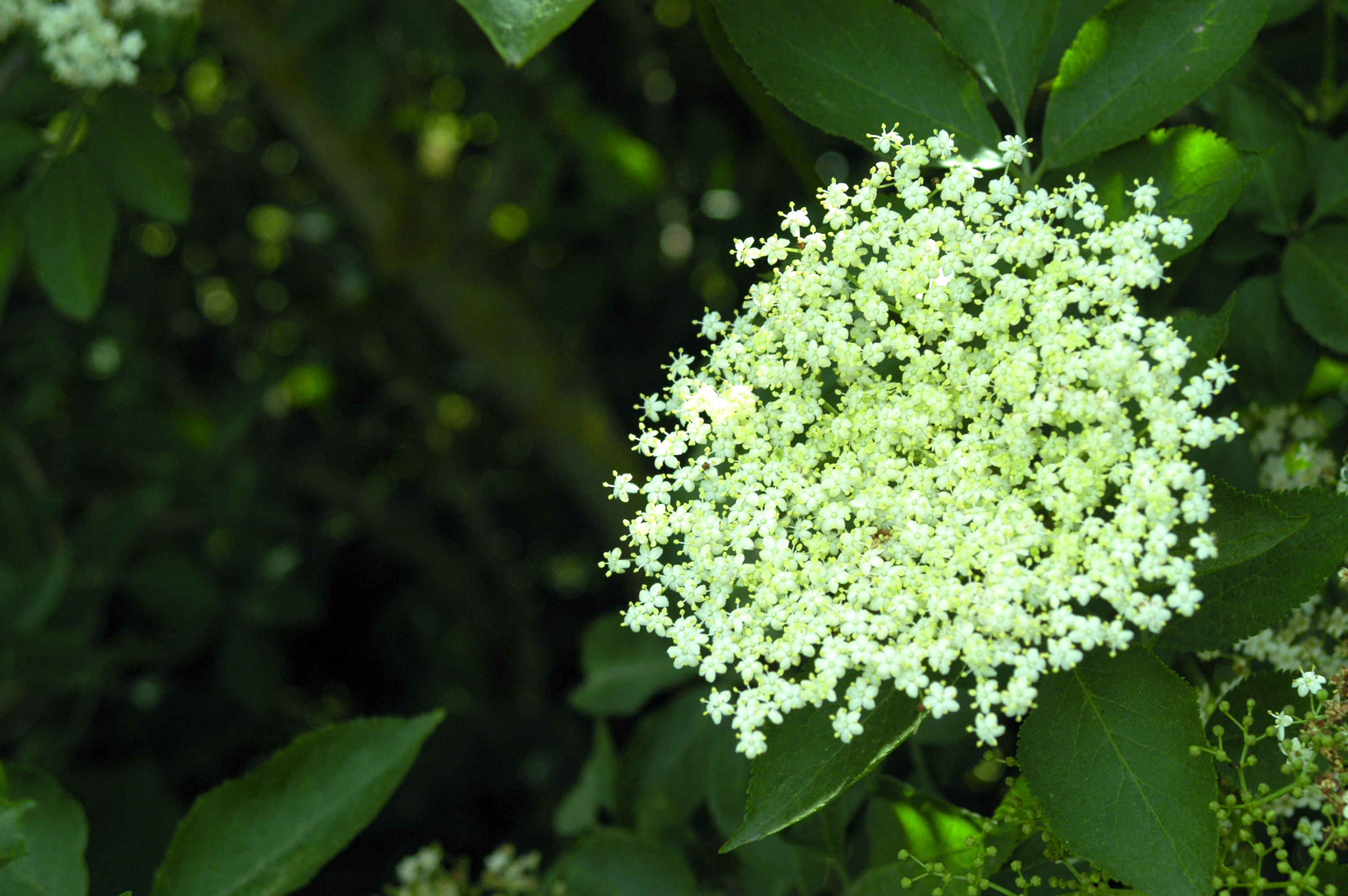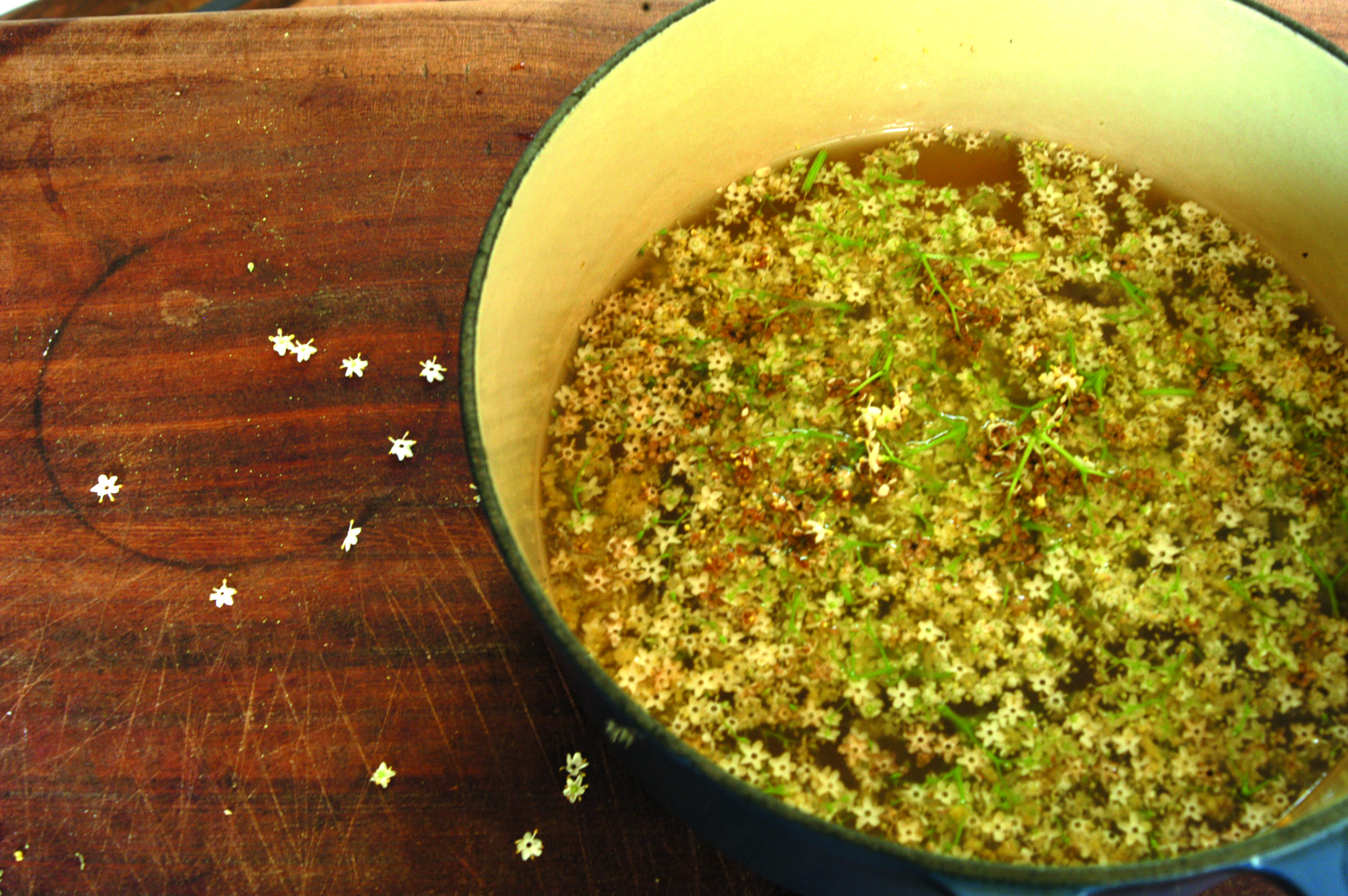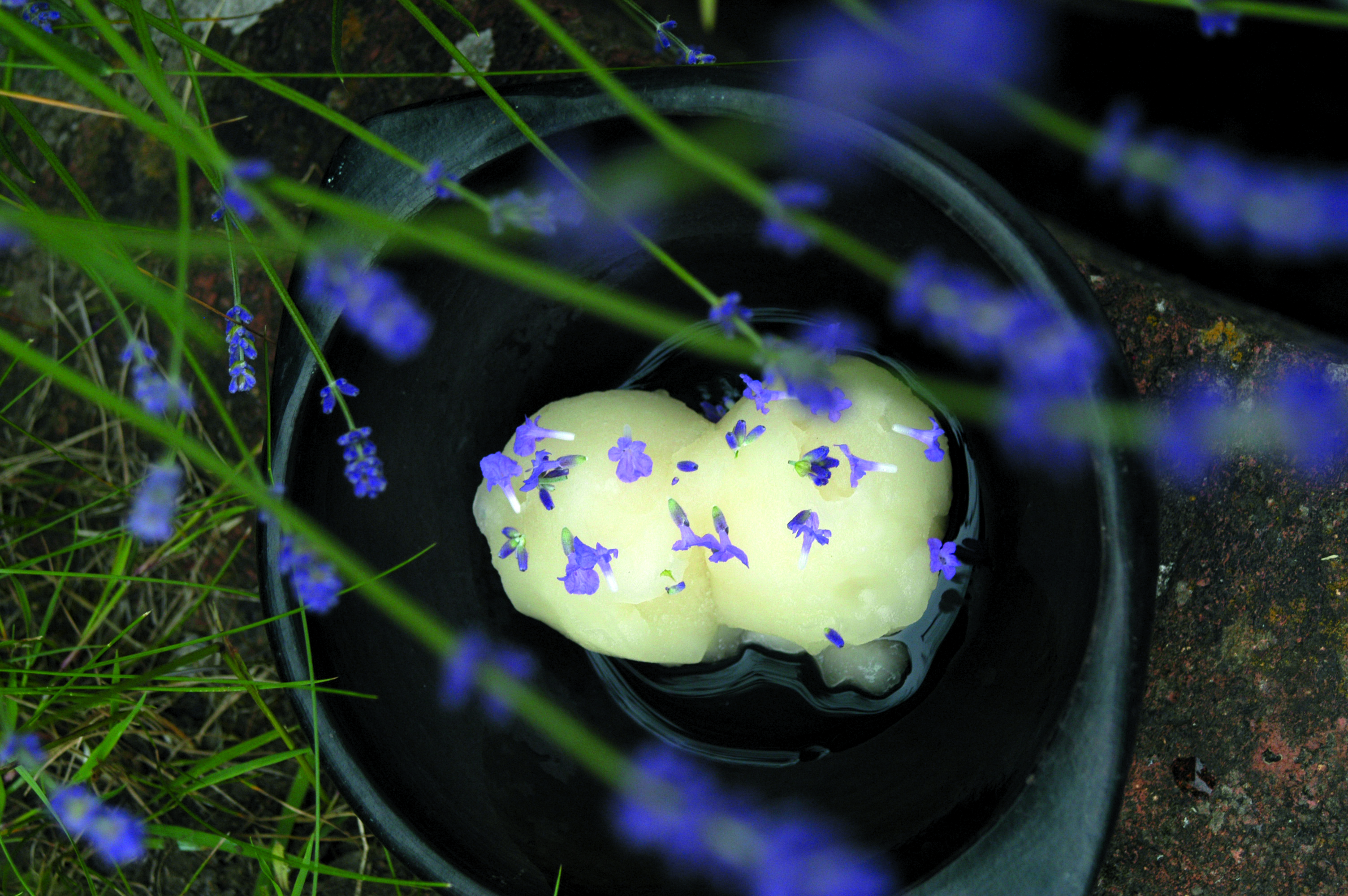One of the joys of late spring is seeing elder in flower, its branches precariously piled high as if with plates of whipped cream, the air thick with their heady, honeyed scent. Until the 19th century, people used to make ointments with the flowers to bleach freckles, and a tea from the dried florets as a ‘blood purifier’.
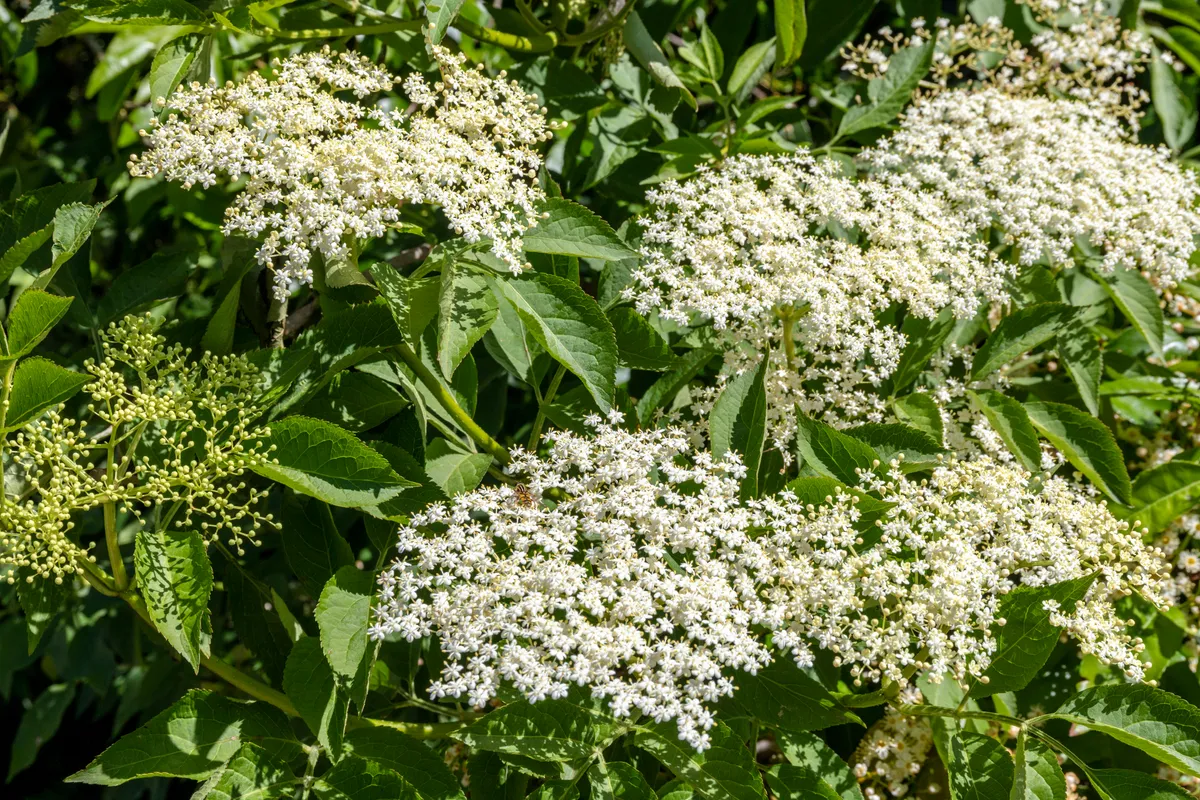
When can elderflower be picked?
Elderflower usually starts to bloom in late May and early June. When foraging, it's vital to only pick something if you're sure you've correctly identified it. The flowers are creamy-white and smell sweet, and the leaves have between five and seven leaflets with festery edges.
The flowers can be made into drinks from cordial to gin, into shortbread, or into elderflower fritters by dipping them in batter and frying. This is like eating a solidified version of the scent, so the fritters may be better as a garnish rather than a dessert.

Can elderberries be used for any recipes?
As the season progresses into autumn, shiny berries form where the elderflowers once bloomed. They are ripe when they are very dark purple, almost black, in colour. Elderberries should be cooked before consuming, as they are mildly poisonous – causing nausea, vomiting and diarrhoea.
Elderberries can be used to make elderberry wine, or combined with other berries for hedgerow ketchup.
Learn more about identifying wild fruits.
